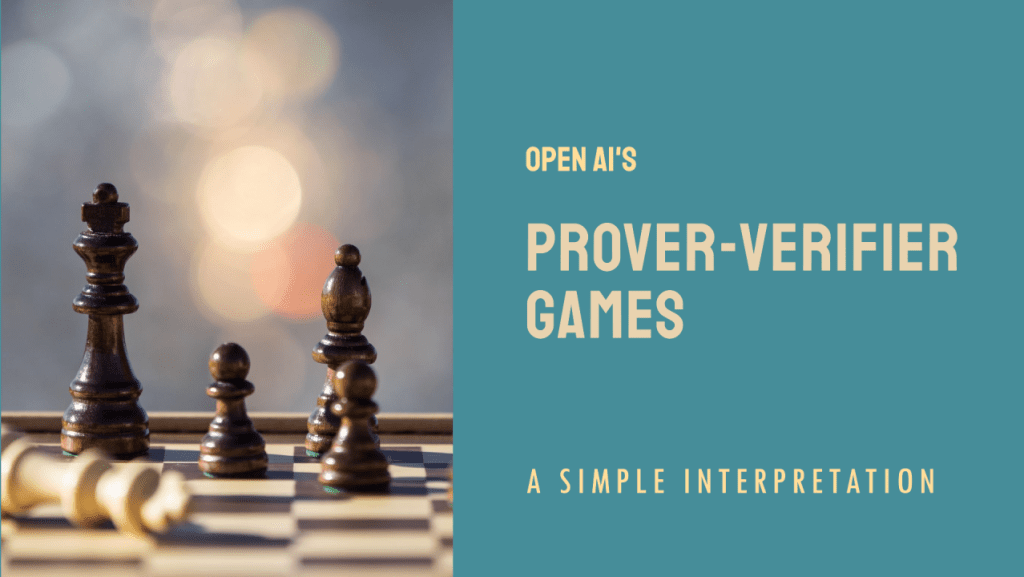How RAG Technology Powers AI-Driven Search Engines: A Deep Dive into Tech Behind Perplexity AI
Have you ever wondered how AI tools like ChatGPT, powered by large language models (LLMs), manage to answer nearly any question posed by users, especially in open-domain queries that require extensive knowledge or up-to-date facts? Relying solely on traditional LLMs to generate answers can be incredibly challenging. Here’s why: 1. Knowledge Limitations: LLMs are trained […]









